At the launch of the NVIDIA GeForce RTX 4090 FE, we dealt with the topic of DLSS 3.0 for the first time, and with Frame Generation connected to it. I would like to continue this topic today and take a deeper or broader look at NVIDIA’s new “wonder weapon” – for extending benchmark bars. Only now, of all times, at the launch of the NVIDIA GeForce RTX 4080, I stumble upon the topic that you can use Frame Generation (from now on just called FG), with all available upscaling techniques (e.g. FSR or also XeSS), during the tests of the Palit GeForce RTX 4080 GameRock 16 GB. You can find the article here:
Unfortunately, this was then additional work during the tests for the GeForce RTX 4080, since we could not publish the gained knowledge with the GeForce RTX 4080. (NDA and such) So I had to test everything again with the GeForce RTX 4090 without further ado. This cost me a massive amount of time. But if you want to be first with your discovery…. Well, sometimes you can’t see the forest for the trees with such a big launch like the GeForce RTX 4090. Especially since DLSS 3.0 was new territory and was only available as a beta in a few games. In the meantime, some games have been launched with DLSS 3.0. So it’s about time that I dedicate myself more specifically to this topic. We have already seen how well the GeForce RTX 4080 performs compared to the other current GPUs. So today, the GeForce RTX 4080 is alone in the spotlight of DLSS 3.0 and should bask.
Because we are talking about light and sun. The Palit Geforce RTX 4080 GameRock 16 GB OC MIDNIGHT KALEIDOSCOPE (that’s a mouthful), has an even more powerful cooler than the RTX 4090 FE and if you don’t have Christmas tree lights yet, you can hang this card in your tree. In comparison, the usual Christmas tree lighting looks pretty pale. You very rarely see this much RGB on the GPU. So if you want to really show off your case – this card is a real eye-catcher!
Test system
| CPU | Intel Core i9-12900K |
| Mainboard | MSI MPG Z690 Carbon WiFi |
| RAM | 2x 16 GB Corsair Dominator 6000 MHz CL 30-36-36-76 |
| SSD 1 | Samsung 980 Pro 500 GB (System) |
| SSD 2 | MSI M480 2 TB (games) |
| SSD 3 | HP EX950 2 TB (Games) |
| SSD 4 | HP SDD S650 2 TB S-ATA (Backup) |
| CPU Cooler | Alphacool Eisbaer Aurora 360 |
| Power supply unit | Seasonic Prime Platinum 1300 Watt |
| GPUs | Palit GeForce RTX 4080 Game Rock 16 GB |
| Sound | SoundblasterX AE-5 Plus |
| Keyboard | Sharkoon Purewriter RGB (Red Button) via USB @1000 Hz polling rate |
| Mouse | ASUS ROG Chakram X @1000 Hz polling rate (NVIDIA Reflex Latency Analyzer Support) |
| Monitor |
LG 27GN950 |
| Test Tools | NVIDIA FrameView / NVIDIA ICAT |
The Palit GeForce RTX 4080 GameRock can be controlled with the motherboard – thanks to the included 3Pin aRGB cable. Thus, no extra RGB software is needed. Fortunately!
The test program includes the following games:
- Cyberpunk 2077
- Spider-Man Remastered
- A Plague Tale: Requiem
- Bright Memory: Infinite
I asked myself the following questions for today’s article:
- How much more FPS can you get out of DLSS 3.0 compared to natively rendered frames and is there an upper limit here?
- How do the latencies look with FG over several games and where or for which use case can FG be used without hesitation?
- What are the obvious differences between DLSS, FSR, and XeSS?
On the subject of graphical differences and especially the use of FG in terms of possible artifacts and other graphical errors, I’ll say a few words later. Due to the relatively short time I had for the article, I can’t go into everything in great detail. I ask for your understanding and refer you to the forum – if you have special questions or suggestions.
I’ll now start with the benchmarks and game by game and at the very end we’ll look at the graphical aspects. So enough of the jabbering – let’s go…
- 1 - Einführung und Testsystem
- 2 - Cyberpunk 2077 @ 2160p
- 3 - Cyberpunk 2077 @ 1440p
- 4 - Cyberpunk 2077 @ 1080p
- 5 - A Plague Tale: Requiem @ 2160p
- 6 - A Plague Tale: Requiem @ 1440p
- 7 - A Plague Tale: Requiem @ 1080p
- 8 - Bright Memory: Infinite @ 2160p
- 9 - Bright Memory: Infinite @ 1440p
- 10 - Bright Memory: Infinite @ 1080p
- 11 - Spider-Man Remastered @ 2160p
- 12 - Spider-Man Remastered @ 1440p
- 13 - Spider-Man Remastered DLSS vs. FSR vs. XeSS
- 14 - Zusammenfassung und Fazit














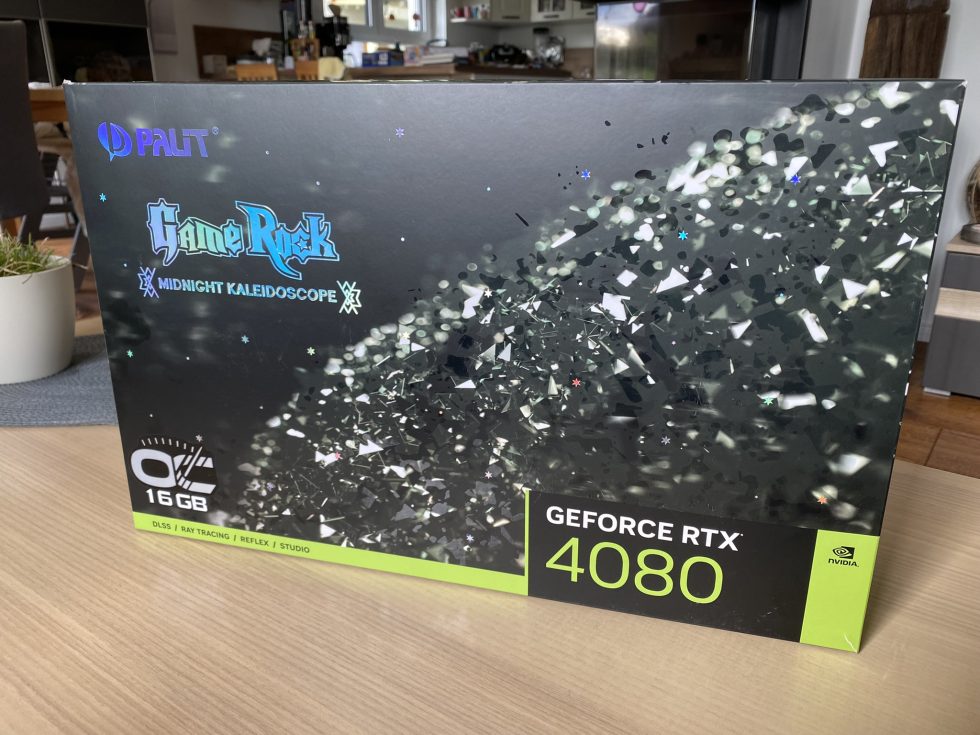
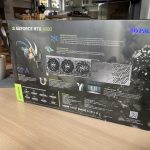







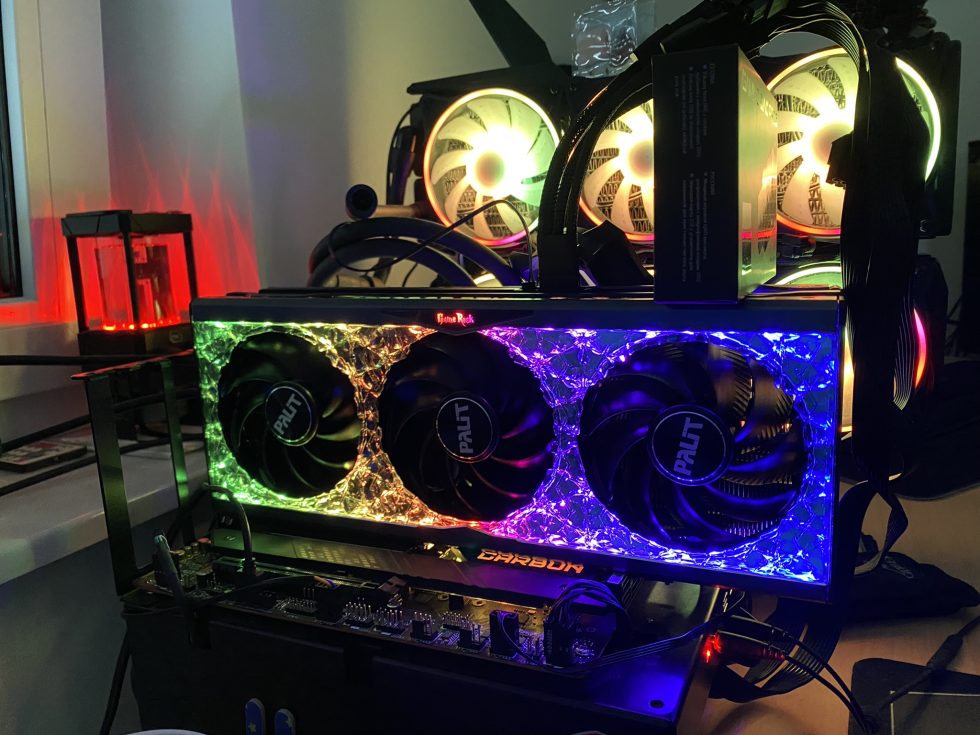







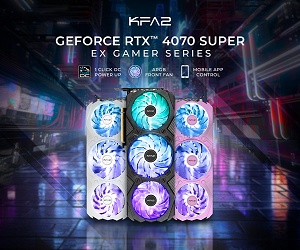
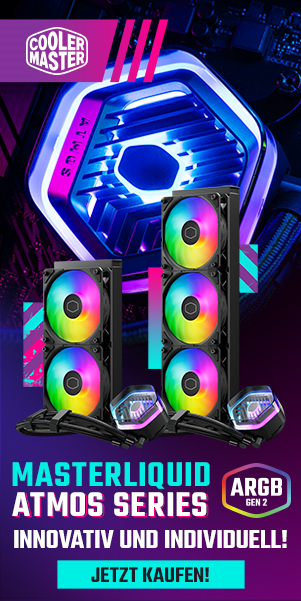




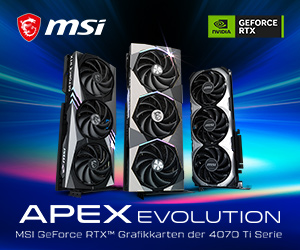



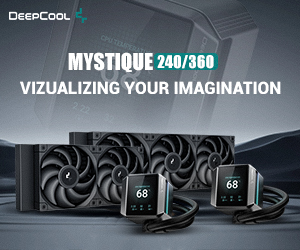


87 Antworten
Kommentar
Lade neue Kommentare
Mitglied
Mitglied
1
Moderator
Urgestein
Veteran
Urgestein
Veteran
Moderator
Veteran
Moderator
Veteran
Veteran
Mitglied
Veteran
Veteran
Alle Kommentare lesen unter igor´sLAB Community →